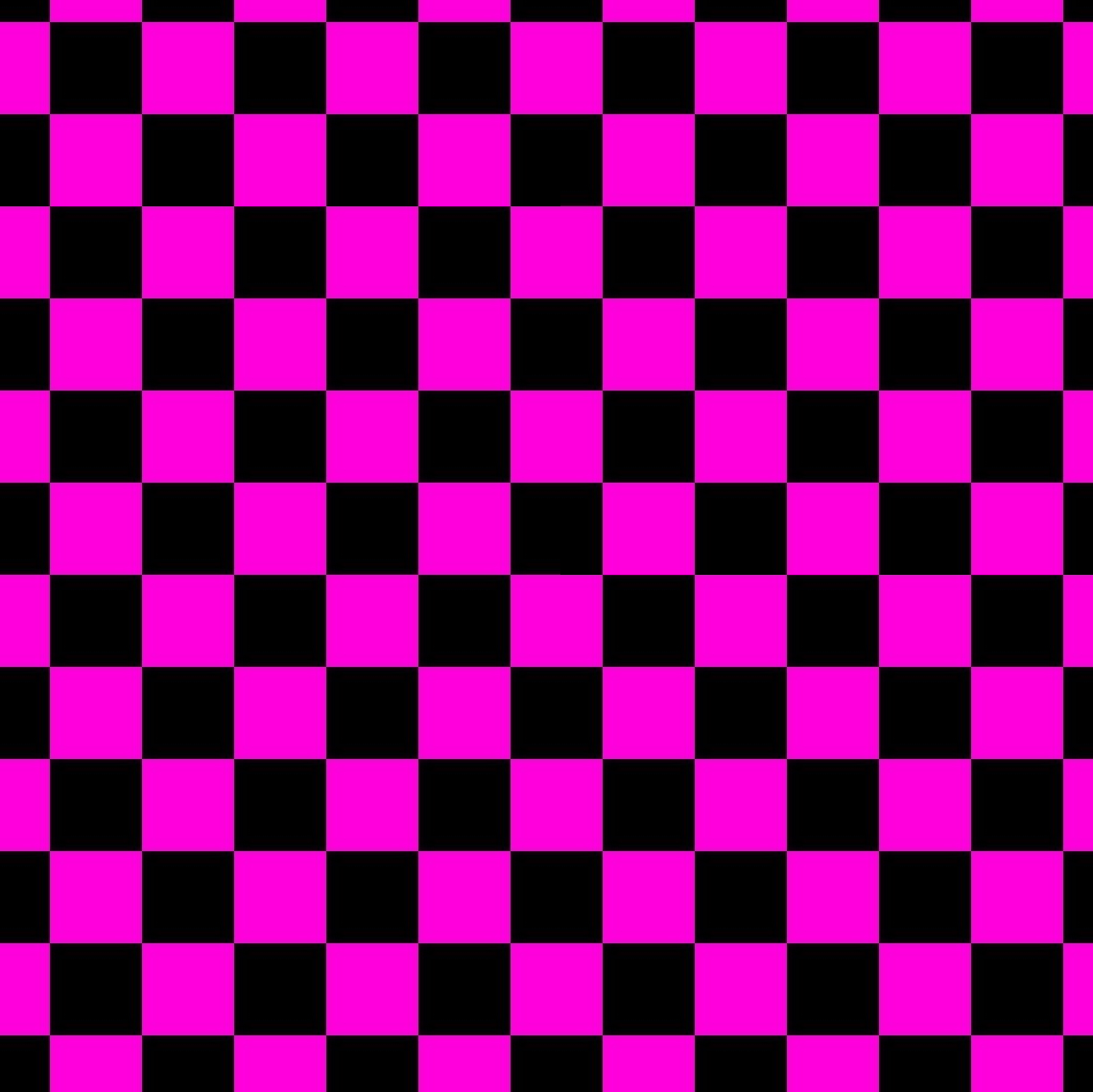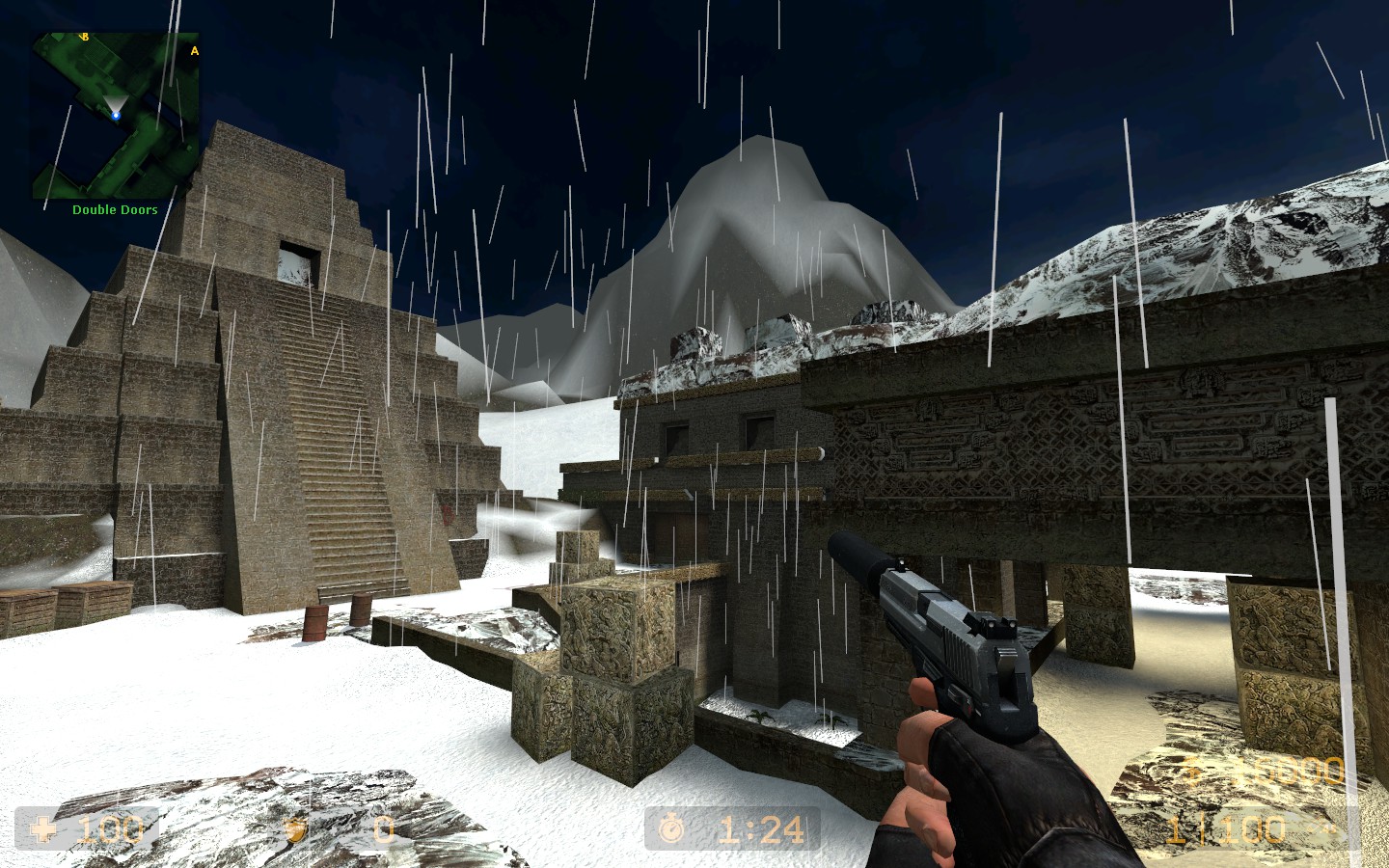


Post-processing is something that's up to personal taste and preference and it depends on the atmosphere and mood you want to deliver to the players. The last thing I did after the lighting is to add a LUT to the environment.
#HOW TO GET CS SOURCE TEXTURES HOW TO#
This article from the Unreal forum has very detailed explanations on why it happens and how to resolve it if anyone is interested. After that, I re-import the meshes back in unreal and use the second UV set as the Light Maps. To fix this I re-create all their Light Maps in Maya using a tool made by Malcolm, make sure the UV shells all have enough paddings, and the edges that will be connected to other modular meshes are covering a complete pixel size. The main issue that occurred was the modular meshes, where each modular piece would have a different brightness level. Since it's my first time setting up proper lighting in Unreal, I decided to go to the old-school light baking workflows. I first put a big one that covers my whole scene, then I spread a few medium-sized sphere capture throughout the room, and for those areas, I want to show more closed up shots, I put a small one right next to it, this will showcase my roughness and reflection details more accurately and realistically. Therefore to better showcase my materials, I used a few reflections captured in different places. Other obvious ones were the wooden panels for all those long bar counters, and to get more creative, I decided to also use it on most of the wooden furniture such as the fit-in shelf and cupboard, and those free-standing cabinets.Īnother technique is the use of reflection capture, because I have lots of metal and glass throughout my scene, without those reflections captured, the metal would look dark and flat. I asked myself how often will this part of the texture appears in my scene that it would be worth being included in the trim? How would I arrange my UV to fit my trim and is it going to be easy to do so? Is it going to speed up the texturing process of this asset by using trim texture? Most architectural elements like cornice, moldings, skirting, door frames can be textured using trim as they appeared throughout my environment. It was a brainstorming process and I had to think further ahead. The first thing I did is to analyze my scene and decide where I wanted to use the trim texture and mark them up with different colors.

The trim sheet uses a different workflow compared to regular high poly to low poly modeling workflow, it usually takes more time to plan it at first but it's definitely worth it. Then I started working on my trim sheet as I will be using it on 80% of my scene. Modular assets that will be using trim sheets or tile-able textures large/medium size assets that could use trim sheets to speed up the texturing process and small/medium assets that can only be made with unique textures.

After the blockout, I divided all my assets into three categories.


 0 kommentar(er)
0 kommentar(er)
